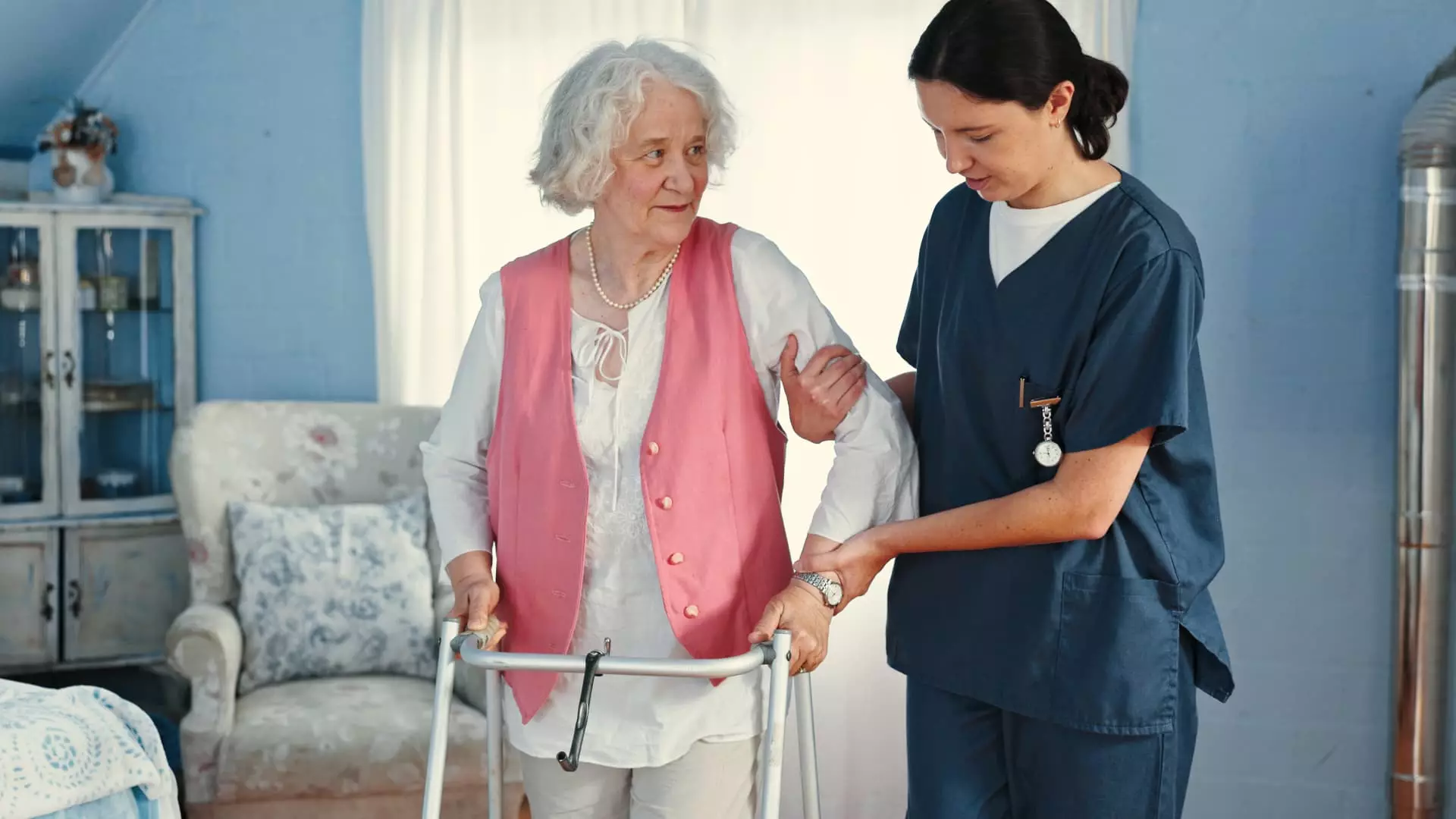The United States is on the brink of a demographic transformation that cannot be ignored. By the year 2030, all 73.1 million baby boomers will have crossed the threshold of 65 years or older, as indicated by data from the Census Bureau. This shift, while anticipated, is just now beginning to reveal its full impact. With longevity on the rise and lower fertility rates altering the population structure, society must grapple with an increasing proportion of seniors. By 2030, individuals aged 65 and older will constitute approximately 21% of the population, up from 17% in 2020. The trend raises a critical question: how will the nation adapt to the challenges and opportunities this generational shift presents?
The Strong Desire to Age in Place
A salient aspect of the aging population is the desire for many individuals to grow old in the comfort and familiarity of their own homes. A remarkable 75% of adults aged 50 and over express a preference for aging in place, according to AARP’s 2024 survey. This preference signifies a life stage marked not only by the desire for autonomy but also by practical challenges that stem from needing support as health declines. As policymakers and business leaders explore solutions, they must embrace the needs of this demographic while respecting the value of independence.
The implications traverse various sectors, from healthcare to technology. As our cultural attitudes shift, they must address the urgent need for services that cater intelligently and empathetically to seniors—facilitating a safe environment for them to thrive at home.
The Role of Home Healthcare Solutions
As more seniors choose to remain in their homes, the demand for high-quality home healthcare will undoubtedly rise. The recently highlighted outlook for home-based care delivery from experts holds tremendous potential. The myriad of services that fall under this umbrella—including personal care, skilled nursing, and even hospice care—will require enhanced resources and strategic investment.
Companies like Addus HomeCare have already positioned themselves advantageously in this sector. With a focus on providing diverse in-home services, they emerge as influential players navigating the soon-to-surge demand. However, while investment opportunities exist, they are not without hurdles. As the healthcare landscape evolves, so too must the methodologies surrounding care delivery compel stakeholders to innovate continually.
Technological Solutions for Aging Seniors
While it’s evident that in-home care is crucial, technology solutions are equally pivotal. Our society has witnessed a transformation in how we approach healthcare, calling for the integration of technology to address specific social needs. As the demand for innovative caregiving strategies grows, so do opportunities for tech companies that seek to bridge gaps left by traditional healthcare models.
A fierce advocate for these technological advancements is Phreesia—a company adept at utilizing data to assess the social determinants of health that often impact a senior’s well-being. By implementing robust screening tools and facilitating real-time conversations during medical appointments, Phreesia is shaping the future of how healthcare is delivered to seniors who opt to age in place. Investing in solutions that not only treat physical health but also consider social factors will be invaluable as we strive to provide comprehensive care for our aging population.
Health Plans Emphasizing Social Determinants
In acknowledging the complexity of aging, health plans are increasingly aware of the necessity to understand the social context in which seniors live. Recognizing that these factors profoundly influence their health, plans are venturing into data-heavy solutions that provide insights into the specific needs of their enrollees. A keen focus on the social determinants of health can enhance the way healthcare providers approach their patients, ensuring that the delivery of care aligns with the true context of their lives.
The growing investment in examining these ancillary needs transcends traditional healthcare delivery. Initiatives that prioritize support systems, community resources, and social connectivity can ultimately lead to healthier, more autonomous seniors who can navigate life’s complexities with grace.
In closing, as America grapples with an aging revolution, the blending of compassionate care, cutting-edge technology, and strategic investment is crucial in creating an environment where millions can flourish in their golden years.

